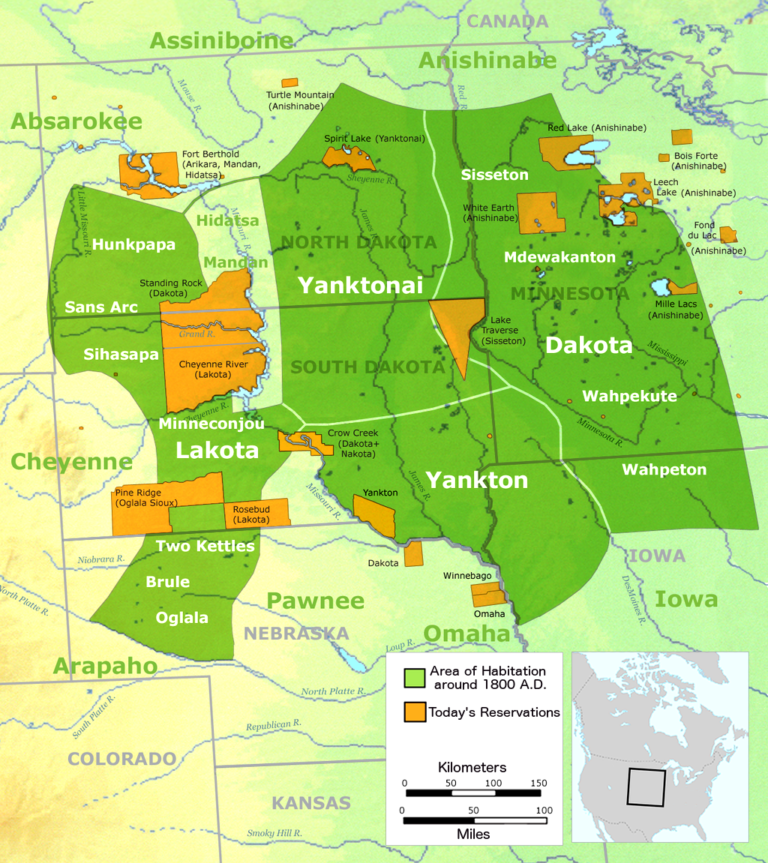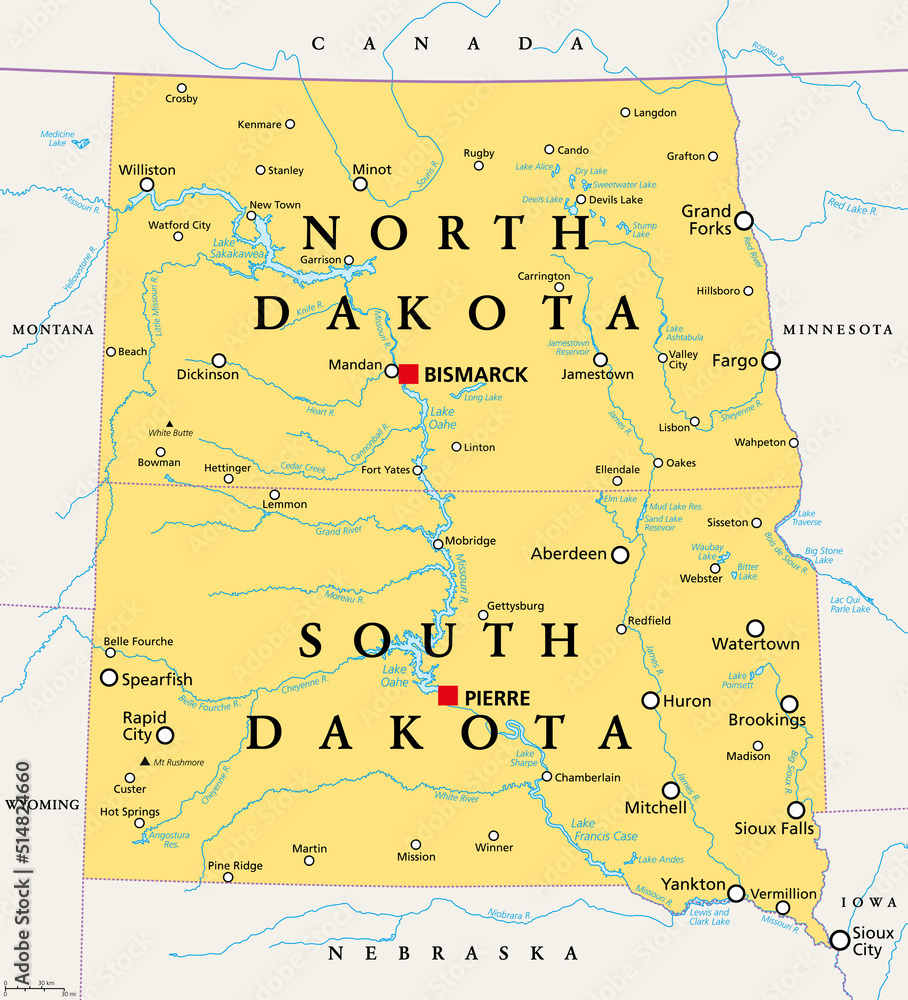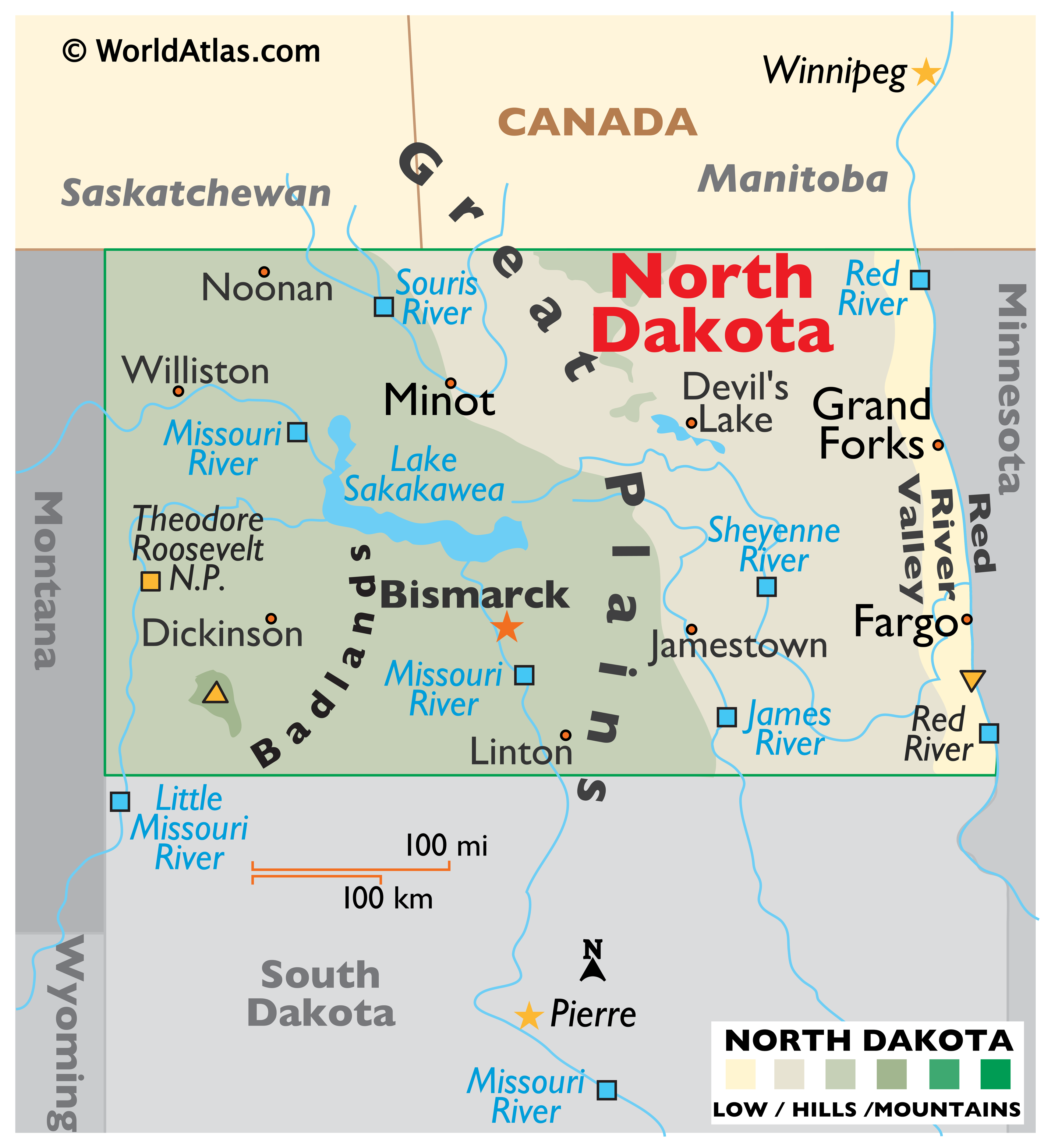The Land of the Dakota: A Look Inside North Dakota’s Reservations
The Land of the Dakota: A Look Inside North Dakota’s Reservations

North Dakota. It’s a state known for its vast prairies, rolling hills, and, of course, its rich Native American heritage. And nestled within this landscape are seven vibrant reservations, each with its own unique story to tell. These aren’t just isolated pockets of land; they’re communities bursting with life, culture, and a deep connection to the land that’s been their home for generations.
So, let’s take a journey into the heart of North Dakota, exploring the reservations that make this state so special. We’ll dive into their history, culture, and the challenges and triumphs they face today.
Related Articles: The Land of the Dakota: A Look Inside North Dakota’s Reservations
- Uncover the Hidden Legacy: Explore the Indian Tribes of Texas
- Unveiling the Secrets of "Indian Restaurant Kemayoran": An Indian Culinary Gem
- Unveiling the Heart of Oklahoma: Native Reservations and Their Untold Stories
- Uncover Hidden Truths: Unveiling the Native American Tapestry in Florida's Past
- Indian Reservations in Colorado: Unveiling Rich Cultures and Hidden Gems
A History Woven into the Land
Before we even start talking about reservations, it’s crucial to understand the history of the Dakota people. They’ve been stewards of this land for centuries, their culture deeply intertwined with the rhythms of nature. The arrival of European settlers, however, brought a wave of change, disrupting their way of life and leading to the establishment of reservations.
These reservations were meant to be a way to isolate and control Native American populations, but the Dakota people found ways to thrive within these limitations. They held onto their traditions, their language, and their spirit. They adapted to the new world while fiercely protecting their heritage.
Seven Reservations, Seven Stories
Each of the seven reservations in North Dakota has its own distinct story, shaped by its location, history, and the specific tribe that calls it home. Let’s take a closer look at each one:
-
Fort Berthold Reservation: Home to the Mandan, Hidatsa, and Arikara tribes, known collectively as the Three Affiliated Tribes, Fort Berthold is the largest reservation in North Dakota. It’s also home to a significant portion of the state’s oil and gas resources, which has brought both economic opportunity and environmental concerns.

-
Standing Rock Reservation: Standing Rock, home to the Lakota and Dakota people, is perhaps the most well-known reservation in North Dakota. It gained international attention during the Dakota Access Pipeline protests, highlighting the ongoing fight for indigenous rights and the protection of sacred lands.

Turtle Mountain Reservation: This reservation, located in the northwest corner of the state, is home to the Turtle Mountain Band of Chippewa Indians. It’s known for its beautiful scenery, including the Turtle Mountains, and its strong community spirit.
-
Spirit Lake Reservation: The Spirit Lake Reservation is home to the Devils Lake Sioux Tribe, a people who have long been connected to the land and the waters of the area. The reservation faces challenges like poverty and unemployment, but it’s also a place of great cultural richness and resilience.
-
Sisseton Wahpeton Oyate Reservation: This reservation straddles the border between North Dakota and South Dakota, and is home to the Sisseton Wahpeton Oyate Tribe. The tribe is known for its strong cultural traditions and its commitment to education.
-
Fort Totten Reservation: The Fort Totten Reservation is home to the Devils Lake Sioux Tribe. The reservation is known for its rich history, including the Fort Totten State Historic Site, and its vibrant cultural events.
-
White Earth Reservation: This reservation, located in Minnesota, actually extends into North Dakota. It’s home to the White Earth Nation, a group of Ojibwe people. The reservation is known for its beautiful lakes and forests, and its strong community spirit.

More Than Just Reservations: A Look at Modern Life
It’s easy to get caught up in the history of these reservations, but it’s important to remember that these are not just historical relics. They are vibrant communities where people are living, working, and raising families.
The reservations face a unique set of challenges. High rates of poverty, unemployment, and health disparities are common across many reservations. The legacy of colonization and systemic racism continues to impact their lives.
But despite these challenges, there’s a spirit of resilience and hope. The Dakota people are working to improve their lives, protect their culture, and build a brighter future for their children. They’re embracing education, entrepreneurship, and cultural revitalization efforts.
A Glimpse into the Future
The future of North Dakota’s reservations is uncertain, but one thing is clear: the Dakota people are determined to shape their own destiny. They’re working to preserve their language and traditions, while also embracing innovation and progress. They’re fighting for self-determination and the right to govern their own lands.
The reservations are a testament to the strength and resilience of the Dakota people. They’re a reminder that history is not just something to be studied; it’s something to be lived, learned from, and shaped.
FAQ: Indian Reservations in North Dakota
Q: What are the largest and smallest reservations in North Dakota?
A: The largest reservation in North Dakota is the Fort Berthold Reservation, while the smallest is the Fort Totten Reservation.
Q: What are some of the cultural traditions practiced on the reservations?
A: Each reservation has its own unique traditions, but some common practices include traditional dances, storytelling, beadwork, and ceremonies honoring the land and its spirits.
Q: How can I learn more about the history and culture of the Dakota people?
A: You can visit the reservations themselves, attend cultural events, or learn from museums and historical sites dedicated to the Dakota people.
Q: How can I support the Dakota people and their communities?
A: Support Native-owned businesses, learn about their history and culture, and advocate for policies that promote self-determination and economic development on the reservations.
Q: Are there any opportunities for tourism on the reservations?
A: Yes, many reservations offer opportunities for tourism, including cultural events, historical sites, and outdoor recreation.
Q: How can I get involved in the fight for indigenous rights?
A: Stay informed about issues affecting indigenous communities, support organizations working to protect indigenous rights, and advocate for policies that promote justice and equality.
By understanding the history, culture, and challenges of North Dakota’s reservations, we can gain a deeper appreciation for the rich tapestry of this state and the resilience of the Dakota people. It’s a journey of discovery, respect, and ultimately, a call to action to support these vibrant communities and their ongoing fight for a brighter future.

Closure
Thus, we hope this article has provided valuable insights into The Land of the Dakota: A Look Inside North Dakota’s Reservations. We hope you find this article informative and beneficial. See you in our next article!


